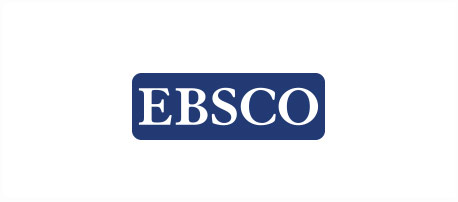An Autonomous Framework for Crop Monitoring and Management Using Machine Learning Techniques
DOI:
https://doi.org/10.64290/bima.v9i2B.1302Keywords:
Machine Learning, Crop Management, Precision Agriculture, IoT Sensors, Disease PredictionAbstract
Agriculture remains a cornerstone of global food security and economic development, particularly in developing countries. However, modern agriculture faces significant challenges such as crop diseases, irregular weather patterns, inefficient resource utilization, and lack of timely intervention, all of which can impact crop yield and sustainability. To address these issues, this study proposes the development of an autonomous framework for crop monitoring and management using machine learning (ML) techniques. The objective is to create a smart, data-driven system capable of predicting crop health, optimizing input use (such as fertilizer and water), and supporting farmers in decision-making through real-time insights. To achieve this, a diverse crop data-set was collected from open-source repositories and local farm sensors, including features such as soil nutrient levels (Nitrogen, Phosphorus, Potassium), environmental factors (temperature, humidity, rainfall), and crop performance records. Several machine learning algorithms including Random Forest, Gradient Boosting, and Convolution Neural Networks were evaluated for their suitability in predicting crop conditions, recommending best-fit crops, detecting early signs of disease, and suggesting irrigation and fertilizer practices. This study addresses the persistent challenges in agriculture such as crop diseases, resource inefficiencies, and unpredictable weather by developing an autonomous crop management and monitoring framework powered by machine learning (ML). The system utilizes a combination of open-source and locally collected farm data, including soil nutrients and environmental conditions, to predict crop health, recommend optimal inputs, and detect diseases. Among the ML models tested, Random Forest demonstrated the highest accuracy (91.2%) in crop recommendation and disease prediction. The framework integrates Io T sensors, drone imagery, and a mobile interface to deliver real-time insights to farmers. Overall, the system aims to improve decision-making, reduce resource waste, and enhance agricultural sustainability, with future plans to scale and adapt it for broader agro-ecological applications.




